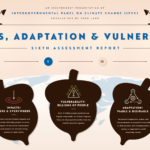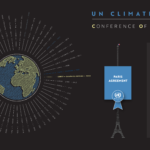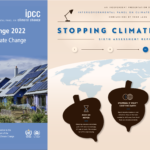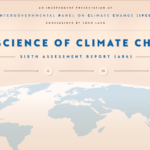My Dyed Hair, People Started Asking Questions (Land-system Change)

Bluey’s been feeling blue. On the advice of the doctor, he’s taken it upon himself to visit nine specialists—all experts in their respective ‘planetary-boundaries’. Bluey wants to find out exactly what’s going on.

For more context generally and a description of why we’re doing this series, check out ‘My Climate Change Metaphors‘.
____
Bluey here,
So this morning I visited super-specialist Dr Barnosky et al for the second time. Lucky for us, his new assistant (Nurse Ellis et al) showed up to take my bloods which helped to inject a bit of originality into the session. Not that I was sick of Dr Barnosky—far from it. But I am getting tired of the same circuit year in, year out.
Today was about change, but not the climatic kind. Someone close to me had apparently raised “an alarm” concerning my recent spray tan and dyed blonde hair. I hadn’t even been to the hairdresser, not least to the what-you-call-it but I went with it. According to Dr Barnosky, this change was “distinct but related” to my previous visit about my low-white-blood-count (Biodiversity loss). If I’ve lost you already, here’s what happened at my last specialist appointment.
Nurse Ellis dusted off my records and proceeded to explain how the last three centuries had witnessed “dramatic” and “rapid” change. Actually, that’s not quite right—he used bigger words. “Drastic” and “unprecedented” were the ones. As it turns out, the recent period has even managed to outdo the land change during my last glacial to interglacial transition 11,700 years ago. That was when 30% of my terrestrial surface—in all its natural glory—changed composition from ice to ice-liberated land. If I remember it correctly, I went from being as pasty as flavourless ice cream to being as tanned as toffee.
The extent of all these recent “land-changes” were further confirmed in my final results, but this handy diagram (which was provided) paints useful context. Don’t worry, I’m a visual learner as well.
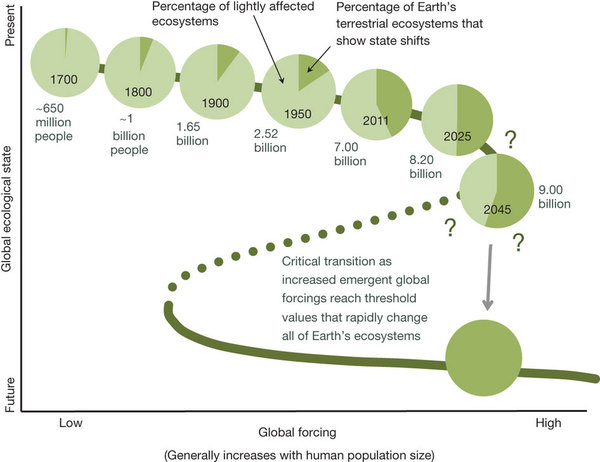
Barnosky’s ‘Quantifying Land Use’ (Credit: Nature)
Nurse Ellis soon shifted tack onto other interesting things, first spelling out the concept of ‘anthromes’ to me. Of course, it didn’t come as much of a revelation—the prefix ‘anthro’ was well and truly part of my vocab by now. For those who aren’t as acquainted as me yet, ‘Anthromes’ or ‘human biomes’ refer to those areas where humans have altered my body (the terrestrial biosphere) to “a substantial degree”. I also gleaned three further facts from our conversation:
- I’ve rapidly transitioned from a wild ‘seminatural’ state into a ‘used state’ due to the transformation of previously wild terrain and from land-use intensification in already ‘semi-natural anthromes’.
- Humans have proliferated everywhere. Only certain parts of my body (i.e. northern Eurasia, inland Australia, Antarctica and small pockets of sub-Saharan Africa) have shown resilience to humans.
- Approximately 85% of my ‘wilderness’ is now situated in cold or dry biomes. According to my increasingly opinionated nurse, human attention should be channeled into managing and restoring biodiversity within “complex multifunctional anthropogenic landscape mosaics that will be the predominant form of terrestrial ecosystems today and into the future”. Like you, I’ve no idea what that’s supposed to mean.
All in all, no major surprises. Just humans. Now for the actual results from Dr Barnosky:
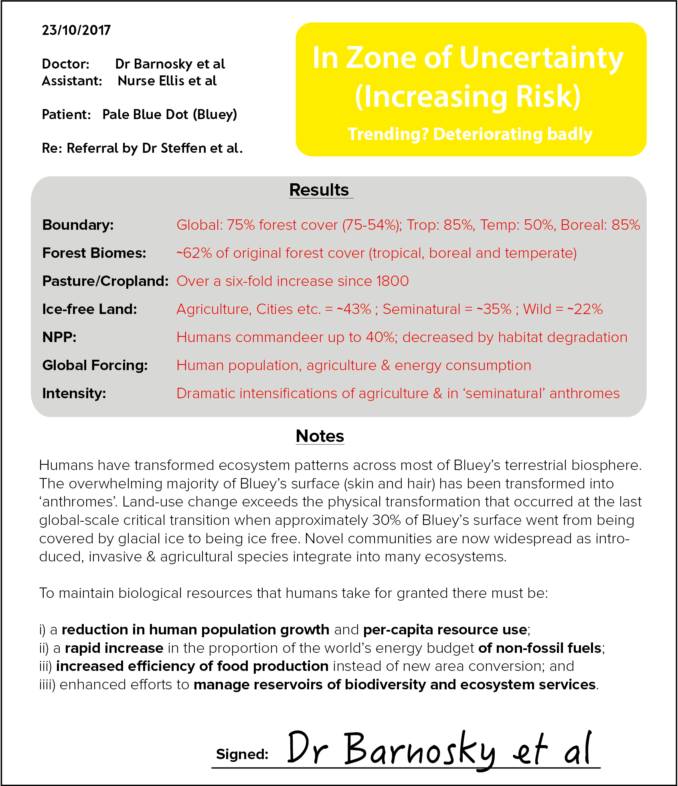
Medical Report Card 4 – Land-system change
I’ve got a confession. In principal, I agree (and agreed) with Dr Barnosky, especially his worries concerning human population and their ‘commandeering’ of much of my global Net Primary Production (NPP). But, I believe he overstates it all slightly. This has already been confirmed by Dr Brook, who I couldn’t resist but give a quick call after lunch today. Although Dr Barnosky acknowledges “considerable uncertainty remains about whether losing biological resources is inevitable”, I side more with Dr Brook’s ‘regional emphasis’ on this point. Dr Brook thinks due to a lack of “teleconnection” (fancy word for connection) between my continents and the “spatial heterogeneity in drivers and responses“, I don’t have to worry quite as much as Dr Barnosky makes out. But he thinks that I “should still worry”.
Another potential hole in Dr Barnosky’s analysis is that I don’t think he concentrated sufficiently on my most important biome of all—my forests. In fact, I’m only now coming to appreciate GP Steffen’s obsession with my forest cover which he used as a “control variable” in my initial appointment. Croplands had been used by his predecessor, GP Rockstrom, before 2015. Let me be honest. The land-use change I’m (by far) the most worried about is the deforesting of vast swathes of my forest biomes, particularly its tropical ones. This—quite clearly—has far-ranging implications for my climate, which I’m now thinking could be my biggest planetary problem.
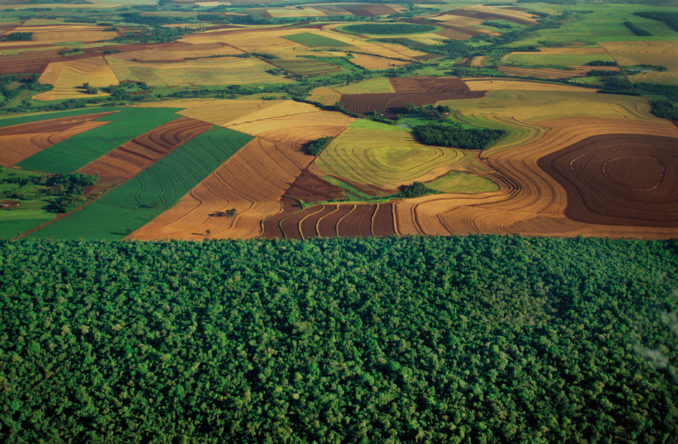
‘Land-use Matters’ (Source: Nature)
Despite my concerns with Dr Barnosky regarding the veracity of his speculations, he’s reinforced for me that I must acclimatise to having up to 70% of my terrestrial biosphere used directly by humans. Well, at least for the time being while they’re still here.
Yours for awhile,
Bluey




